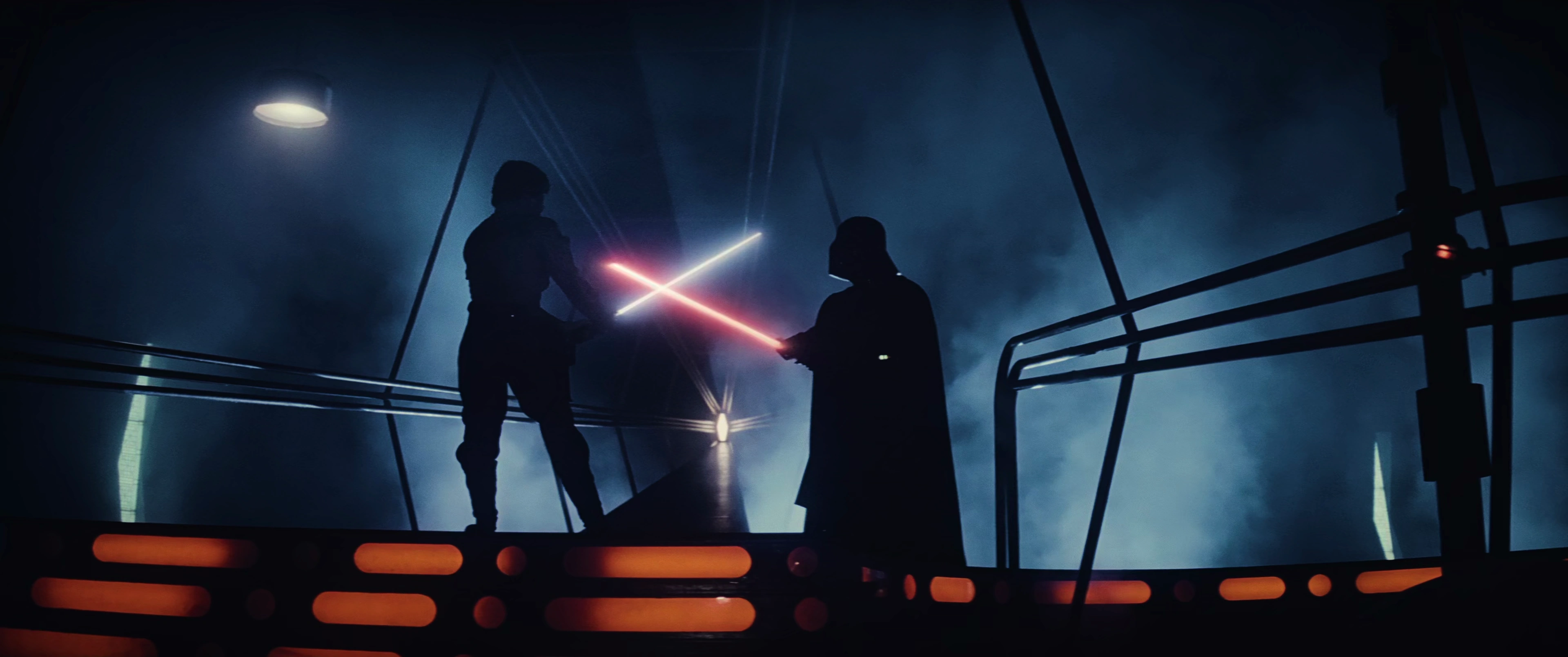Forty years ago, on May 21st, 1980, Star Wars: The Empire Strikes Back made its theatrical debut. Forty years removed from its debut, it is considered to be one of the best movies ever made, as just 10 years ago, it was chosen for preservation in the US National Film Registry by the Library of Congress as it was considered to be “culturally and historically significant”. When adjusted for inflation, it’s the 13th highest-grossing film of all time. It earned four nominations at the Academy Awards that year winning two and is widely considered to be the best film in a franchise that has released 12 movies to date, and when we look back at its cultural impact since then, it’s not hard to see how.

At the time, the second installment in a trilogy was typically seen as just a vehicle to get to the third and most exciting act of the story. Empire Strikes Back showed that it could be much more. If A New Hope was the germinating seed of a budding franchise, Empire Strikes Back is the young tree realizing what it could be as it spread its branches out into the unimagined sectors of its story’s galaxy. Empire showed us what the Star Wars franchise could be by expanding on the mythos by giving us a deeper look into what The Force could be, introducing characters like Yoda and Palpatine who carried so much history with their first on-screen appearances and by exploring the familial dynamic between our hero, Luke Skywalker and Darth Vader, who was revealed to be Luke’s father.

At this point, it’s widely known that George Lucas initially gave up sole writing responsibilities to Leigh Brackett who worked on the script with Lucas until she passed away before production in 1978. Lucas, who had been inspired by Joseph Campbell’s The Hero with a Thousand Faces then joined forces with the writer, Lawrence Kasdan, and director, Irvin Kershner to finish writing the drafts that would eventually become the script of Empire. It’s widely claimed that this decision by Lucas to share the responsibility of the story with others showed us what changed the trajectory of what Star Wars could be. The book, The Hero with a Thousand Faces gives a template that would outline the journey that a typical hero character would take and we see interpretations of those stages in each of the three prequel movies as we follow Luke Skywalker’s tale. In Empire Strikes Back, more specifically, we get to see Meeting The (New) Mentor, The Road of Trials, and most importantly, Atonement with the Father. By following this template and by adding his own spin, Lucas was able to draw us into this new world and lead us on a journey that led to him being trained by one of the wisest fictional characters ever made in Master Yoda and would culminate in a thrilling lightsaber battle and the reveal that Darth Vader was Luke Skywalker’s long lost father. A reveal that still echoes forty years later and that left movie-goers at the time shocked because nothing like that had ever been seen or done before.
The same could be said for the filming of the movie. Some years later, Pixar President, Ed Catmull, would praise Lucasfilm saying that “[it] was the only place at the time willing to take a risk”. For all the critiques of George Lucas and his writing, he’s a damn good filmmaker and it shows more than ever in this movie with the vision that he had and the willingness to create the technology that was needed to create those visuals. The idea that art is held back by the limitations of technology is an idea that Lucas staunchly believes as we can credit Empire Strikes Back to the invention of digital editing. All these together, carried by the amazing musical score composed by John Williams, helped give us a legendary piece of artwork that still holds massive sway today.

Empire Strikes Back gave us a sense of wonder and showed the franchise potential of what world and mythos building could do for a story by giving us a darker, more adult story when compared to the campiness of A New Hope. It upended what we knew of traditional story-telling in fantasy where the bad guys actually won at the end of the movie. Its influence in the film industry can be seen over the years with many movies paying homage to it with quotes like “Do or do not. There is no try” or Vader announcing “No, I am your father”. Its the gold standard that all the ensuing movies in the saga are held to (not kindly, I might add). It solidifies Darth Vader’s place as one of the greatest movie villains in history and established Star Wars as the longest-standing entertainment franchise that we know of in Hollywood.
Happy Empire Day my fellow Star Wars fans and may the Force be with you.















